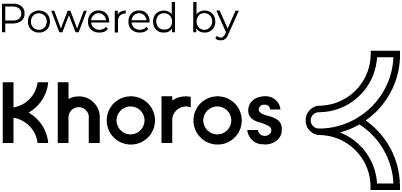- Dynatrace Community
- Ask
- DQL
- Group by hours of the day with complete listing of hours
- Subscribe to RSS Feed
- Mark Topic as New
- Mark Topic as Read
- Pin this Topic for Current User
- Printer Friendly Page
- Mark as New
- Subscribe to RSS Feed
- Permalink
17 Feb 2025 03:39 AM
Hi Dynatrace Community,
Seeking some guidance on a DQL that presently fetches data for the past 28 days and groups by hours of the day which shows us the peak usage hours for our web application for a period of time. This works well however there are gaps in the hours of the day (no usage) which results from periods that has zero entries.
We want to ensure that all hours of the day (00-23) are included, even if they have zero entries. Below is the DQL and feel perhaps we should look utilise maketimeseries instead. #stilllearning
fetch spans, from: now() - 28d, to: now() - 1d
| fieldsAdd hourOfDay = formatTimestamp(start_time, format: "HH")
| summarize count = count(), by: { hourOfDay }
| sort hourOfDay asc
| fields hourOfDay, count
Solved! Go to Solution.
- Labels:
-
dql
- Mark as New
- Subscribe to RSS Feed
- Permalink
17 Feb 2025 12:54 PM
Hi @KA
yes you should go the makeTimeseries way.
What do you think about this query
fetch spans, from: -28d
| makeTimeseries { count = count(), start = start() }, interval:1h
| fields count = record(count = count[], timestamp = start[])
| expand count
| fields count = count[count], timestamp = formatTimestamp(count[timestamp], format: "HH")
| summarize { count = sum(count)}, by: { timestamp }
| sort timestamp asc
Best,
Sini
- Mark as New
- Subscribe to RSS Feed
- Permalink
17 Feb 2025 11:49 PM - edited 18 Feb 2025 12:24 AM
Thanks @sinisa_zubic for your assistance. Have tested the DQL and the results include all hours of the day (00-23), including entries with zero logs - much appreciated and a great solution!
Of note, when presenting this in a Table visualization we see all hours of the day, however if we change the presentation to Categorical (bar layout), the zero entry periods are hidden - included a visual below for reference. To overcome this, we set the count default (0.01) with rounding.
Below is an alternative approach we found via a Community thread, however when presenting Categorical the x-axis label included the current date i.e. Feb 18 ... pref. your provided solution
| fieldsAdd timestamp = start_time - start_time@d + @d
// group by hour + set default for zero entries
| makeTimeseries count = count(default: 0), from: @d, to: @d+1d, interval: 1h
Featured Posts

